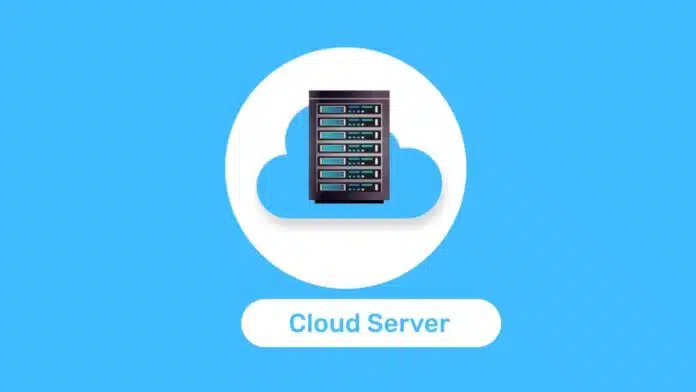
Create a Personal Cloud Server with an Old PC to Keep Files Private, Secure, and Easily Accessible. Many people use public cloud services daily, but these depend on third-party providers.
A personal server provides you with more control, better security, and often lower costs. Using old hardware like laptops or thin clients, you can easily build one at home.
Key Takeaways:
- An old PC can become a personal cloud server.
- Nextcloud or ArzoOS makes setup simple.
- A personal cloud gives control, privacy, and savings.
Why Create a Personal Cloud Server with an Old PC
A personal cloud server offers full control over your data. Unlike public services, you manage the system yourself. This ensures your files remain private inside your own home. It also avoids ongoing subscription costs.
Key benefits include:
- Control: Decide how files and storage are managed.
- Security: Data never leaves your trusted network.
- Cost-saving: Save money on large file storage.
- Performance: Faster speeds on local networks.
However, there are some drawbacks. Setting up requires technical knowledge and time. Old hardware consumes electricity, adding operating costs.
If the server fails without backup, your data may be lost. Public clouds usually offer better reliability, but personal servers give unmatched control.
How to Create a Personal Cloud Server with an Old PC
There are many ways to create a personal cloud server. You can use platforms like Nextcloud, ownCloud, Seafile, or even ArozOS.
These tools allow private storage, sharing, and even media streaming. Here are the main steps:
- Choose your storage platform: Pick cloud software that fits your needs. Nextcloud is great for collaboration. ArozOS provides a simple web desktop cloud system.
- Select your hardware: An old PC, laptop, or thin client can work. Thin clients are small, cheap, and use less power. They often include USB ports and Ethernet for easy expansion.
- Install an operating system: Debian Linux is popular for running cloud software. Windows can also work with certain platforms. Always check compatibility before installation.
- Install cloud software: Install the chosen cloud platform on your device. For example, Nextcloud or ArozOS setup is straightforward. They turn your old machine into a private server.
- Configure your network: Open required ports on your router. Set firewall rules to allow secure access. This lets you connect devices inside or outside your home.
- Connect storage devices: Attach USB drives, SATA disks, or MicroSD cards. Thin clients often need adapters for storage expansion. A 32GB card can run the system, while larger drives hold data.
- Test and start using your server: Connect devices and upload files. Stream movies, music, or documents directly. You can even manage everything through a browser.
Example: Building a Cloud Server from a Thin Client
Old thin clients are a good choice for this project. Many have dual-core processors, 2GB RAM, and small SSDs. One example device used an AMD G-T40N processor with 2GB RAM and an 8GB SSD. It consumed less than 7W of power, making it very efficient.
Because the SSD was too small, an adapter was added. A mini PCIe slot converted into a dual MicroSD slot. Debian was installed on a 32GB MicroSD card, while the 8GB SSD worked as a buffer. ArozOS was installed, creating a private web desktop cloud. The device worked perfectly for streaming media and storing files.
Hardware Requirements for Personal Cloud Server
The requirements depend on your data size. A small system can run on old PCs or thin clients. At least 4GB RAM is recommended for smooth operation. A network card supporting Gigabit speeds ensures fast transfers. USB ports allow external drive connections. A 5W or stronger power supply is needed.
For larger setups, you may need multiple drives. Always ensure your machine supports additional storage options.
The End Note
Create a Personal Cloud Server with an Old PC to enjoy privacy, speed, and control. You can reuse old PCs, laptops, or thin clients to save costs. This eco-friendly approach also reduces e-waste while keeping your files safe.
For the latest tech news, follow Hogatoga on Twitter, Facebook, and Google News For the latest tech-related videos, Subscribe to our YouTube Channel and Newsletter.
















